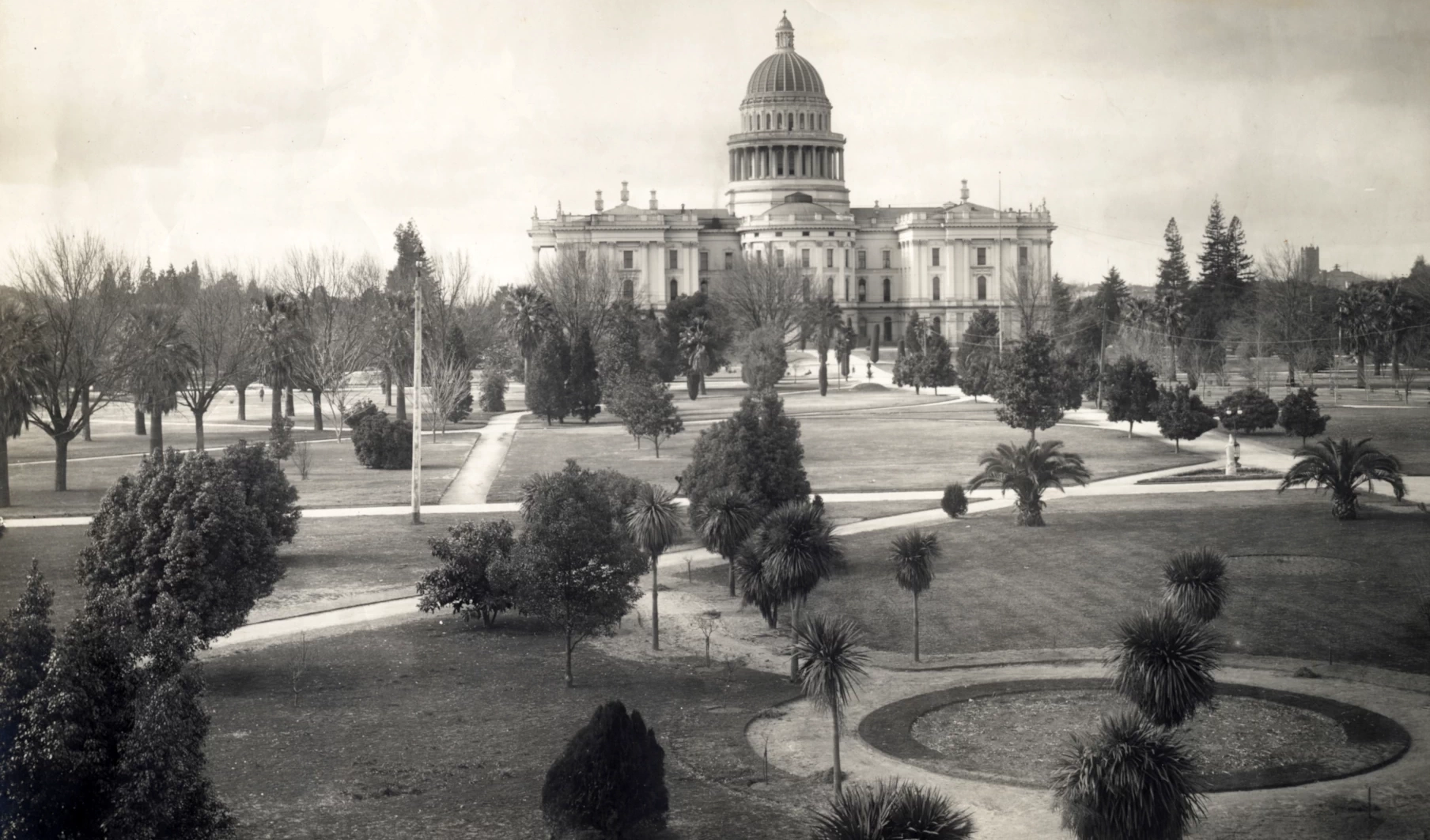Capitol Park
Capitol Park contains an abundance of memorials, monuments, and points of interest to remind us of California’s history and natural beauty. Plentiful walkways crisscross this 40-acre park so that visitors from near and far may admire its defining features and relax under the shade of its magnificent trees.
The History of Capitol Park
In 1860, four city blocks were allocated for what would become one of the most beautiful State Capitol grounds in the nation. Discover more about the history of Capitol Park, a stunning natural escape located in the heart of Sacramento’s bustling urban landscape.

